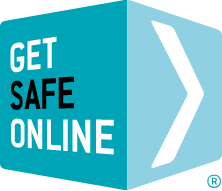User accounts provide a number of other practical benefits:
They provide access control – restricting access to various company information to only those employees or contractors authorised to view it. For example, someone in accounts may not be authorised to access HR records on the network, and vice versa.
They enable employees to use more than one computer in an organisation, whether they work permanently on the premises, hot desk or work remotely.
Additionally, setting up user accounts provides a safeguard against access to a computer or network by unauthorised third parties such as visitors, tradespeople or intruders.
Setting up and using user accounts
It should be fast and straightforward to set up user accounts on computers and networks via their respective control panels. If in doubt, refer to help screens, or visit the relevant online support page for the operating system you are using.
User accounts have a username and password. As is the case with any password-protected access, passwords should be strong, as difficult as possible to guess or crack, and never shared between users, whatever the excuse.
All users should log out before handing over the use of the computer they are using to anybody else, and lock the screen when not physically using it.
Administrator accounts
An administrator is someone who can make changes on a computer or network that will apply to the other users, such as changing security settings, installing software and hardware, adding, removing and updating other user accounts and accessing all files. An administrator can also change other users’ account types to administrator status.
Someone with administrator privileges must therefore be a trusted staff member with more than a basic degree of IT knowledge. In the case of certain small businesses, it could be the business owner or other director.
To log on as an administrator, you or the nominated colleague need to have a user account with an administrator account type, which can be checked after logging on.

